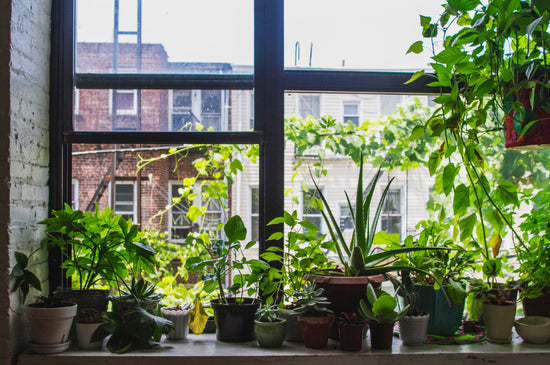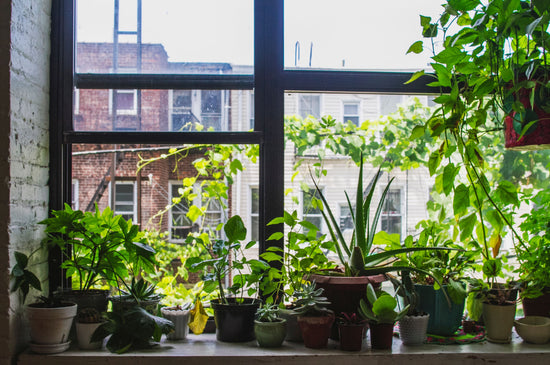Secrets to Growing Clematis Vines That Bloom All Season Long
Introduction: Unlocking the Full Potential of Clematis Vines
Clematis vines are among the most rewarding flowering plants, admired for their stunning blooms and versatility. From covering fences to adding vertical interest to your garden, these climbers can transform any space. With the right care and techniques, you can enjoy clematis blooms throughout the growing season. Start your clematis journey with the Clematis Variety Pack to explore a range of vibrant varieties.
1. Understanding Clematis Growth Cycles
To achieve consistent blooms, it’s essential to understand the growth habits and blooming cycles of clematis.
-
Clematis Groups:
- Group 1 (Early Bloomers): Flower on old wood, such as Clematis Montana.
- Group 2 (Rebloomers): Bloom on both old and new wood, like Clematis The President.
- Group 3 (Late Bloomers): Flower on new wood, including Clematis Jackmanii.
- Timing Is Everything: Proper pruning and care tailored to the clematis group ensure robust flowering.
2. Choosing the Right Location
A well-chosen planting site can significantly impact your clematis vine's success.
- Sunlight: Most clematis vines thrive in full sun but prefer their roots shaded to stay cool. Use mulch or companion plants to provide shade.
- Soil Quality: Clematis require well-draining soil rich in organic matter. Adding compost or aged manure improves soil health.
- Support Structures: Install trellises, fences, or arbors to guide your clematis as they climb.
3. Proper Planting Techniques
Correct planting sets the foundation for a thriving clematis vine.
- Depth Matters: Plant clematis vines slightly deeper than they were in their nursery pots to encourage strong root growth.
- Spacing: Leave enough space for air circulation to prevent diseases like powdery mildew.
- Watering: Clematis vines need consistent moisture but avoid overwatering to prevent root rot.
4. Pruning for Maximum Blooms
Pruning is crucial to encourage healthy growth and prolong blooming periods.
-
Group-Specific Pruning:
- Group 1: Lightly prune after flowering to maintain shape.
- Group 2: Prune lightly in early spring and deadhead throughout the season.
- Group 3: Cut back to 12 inches above the ground in late winter or early spring.
- Deadheading: Regularly remove spent flowers to encourage new blooms.
5. Feeding Your Clematis
Proper fertilization ensures abundant and continuous flowering.
- Fertilizer Choices: Use a balanced fertilizer, such as 10-10-10, applied monthly during the growing season.
- Organic Options: Compost or fish emulsion can also provide necessary nutrients.
- Avoid Overfeeding: Too much fertilizer, especially nitrogen, can lead to excessive foliage growth at the expense of flowers.
6. Managing Pests and Diseases
Healthy clematis vines are less susceptible to pests and diseases.
- Common Pests: Aphids, slugs, and spider mites are occasional issues. Treat infestations promptly with insecticidal soap or neem oil.
- Diseases: Watch for clematis wilt, which causes sudden drooping. Remove affected stems immediately to prevent spreading.
- Preventative Care: Ensure proper airflow and avoid overhead watering to minimize fungal infections.
7. Companion Planting for Shade and Aesthetic Appeal
Pair clematis with other plants to create a dynamic and healthy garden.
- Shade Companions: Hostas or daylilies planted at the base of clematis vines provide root shade.
- Color Pairings: Combine clematis with climbing roses or flowering shrubs for a stunning visual display.
8. Extending the Blooming Season
To enjoy blooms from spring through fall, plant a mix of clematis varieties.
- Early Bloomers: Clematis Montana or Clematis Armandii for spring flowers.
- Mid-Season Blooms: Clematis Nelly Moser and Clematis Viticella offer summer beauty.
- Late Season: Clematis Jackmanii and Sweet Autumn Clematis provide fall interest.
9. Winter Care for Clematis Vines
Protecting your clematis during winter ensures a strong start to the next growing season.
- Mulching: Apply a layer of mulch around the base of the plant to insulate roots.
- Pruning: For late-blooming varieties, prune back stems to reduce winter damage.
- Protection: Cover young plants with burlap or straw in regions with harsh winters.
Why Choose Clematis for Your Garden?
Clematis vines are unparalleled in their ability to transform a garden. With proper care, these climbers provide season-long beauty and become the centerpiece of any landscape. Explore rare and stunning varieties like Clematis Diamantina and Clematis Bourbon to elevate your garden’s charm.
FAQ: Secrets to Clematis Care
1. How often should I water my clematis vine?
Water clematis deeply once or twice a week, depending on weather conditions.
2. What is the best fertilizer for clematis vines?
A balanced 10-10-10 fertilizer works well. Apply monthly during the growing season.
3. Can clematis grow in partial shade?
Yes, many varieties like Clematis Montana can tolerate partial shade, though full sun encourages more blooms.
4. Why is my clematis not blooming?
Insufficient sunlight, improper pruning, or over-fertilization may be the cause. Evaluate these factors to address the issue.
5. Where can I find rare clematis varieties?
You can find rare and beautiful clematis varieties at Wekiva Foliage.





